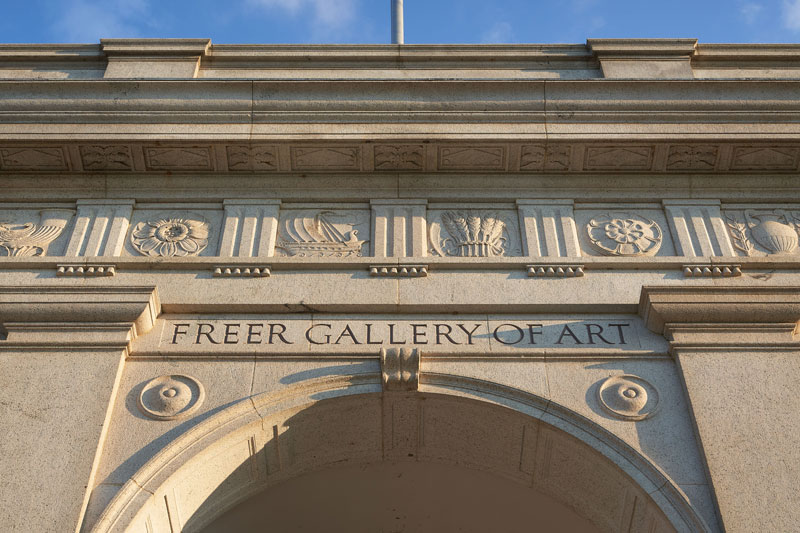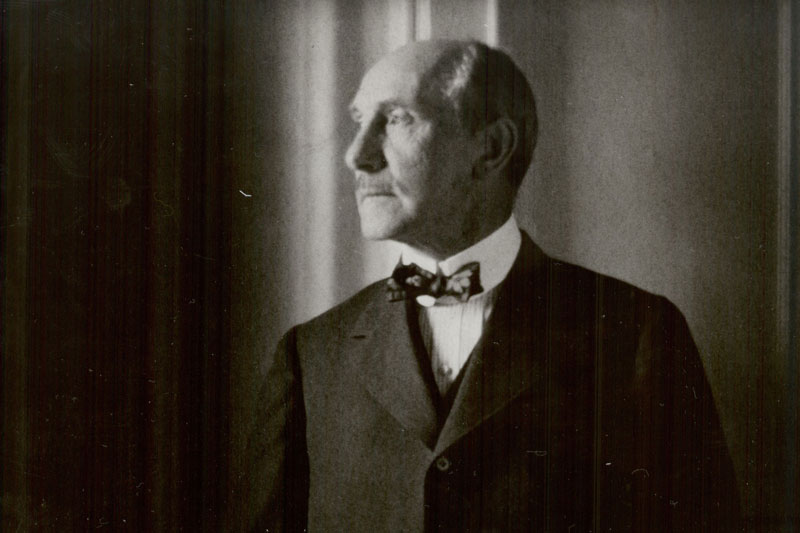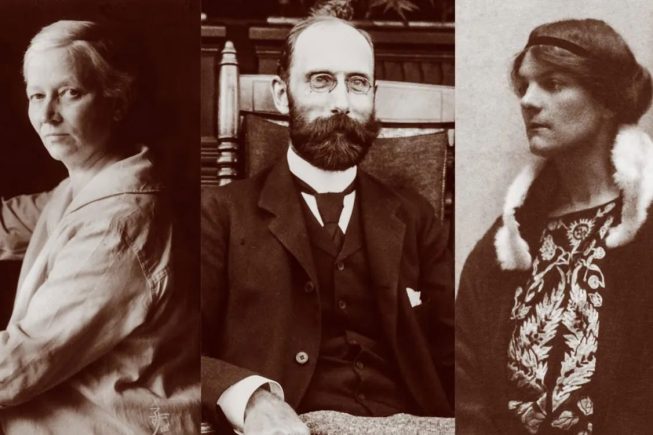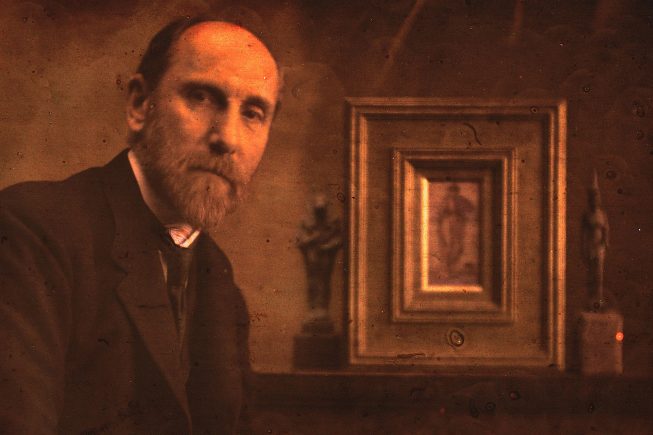Resources from the Freer Gallery of Art
Charles Lang Freer’s transformative bequest of his Asian and American art collection to the Smithsonian Institution in 1906 established the first art museum on the National Mall. The museum remains a key repository for documents and materials about Freer’s travels, collecting practices, networks, and tastes.
These resources provide a fascinating look into the cultures, politics, and economies of the United States and other parts of the world in the late nineteenth and early twentieth centuries. The Charles Lang Freer Research Portal is your digital hub for new research and open-access primary sources on Freer and his roles as a traveler, a collector, and the founder of the National Museum of Asian Art.





 “
“ “
“

 “
“














 Digital resource
Digital resource Digital resource
Digital resource Publication
Publication Publication
Publication Blog Post
Blog Post Blog Post
Blog Post